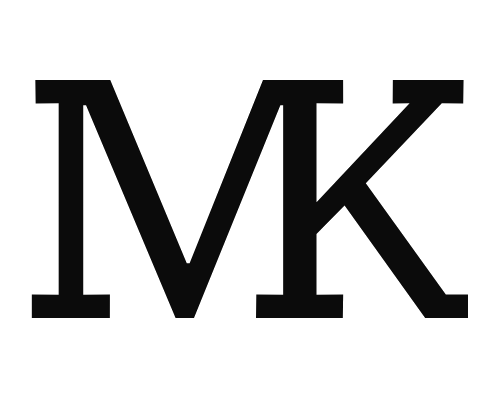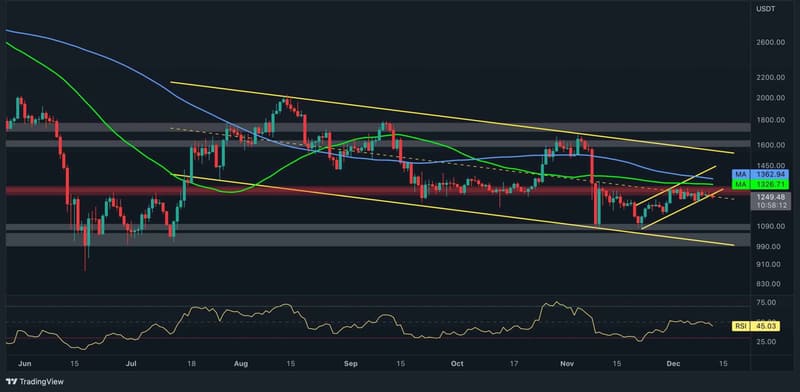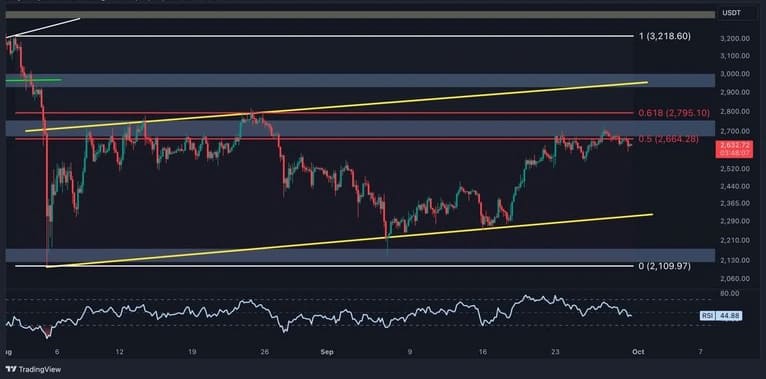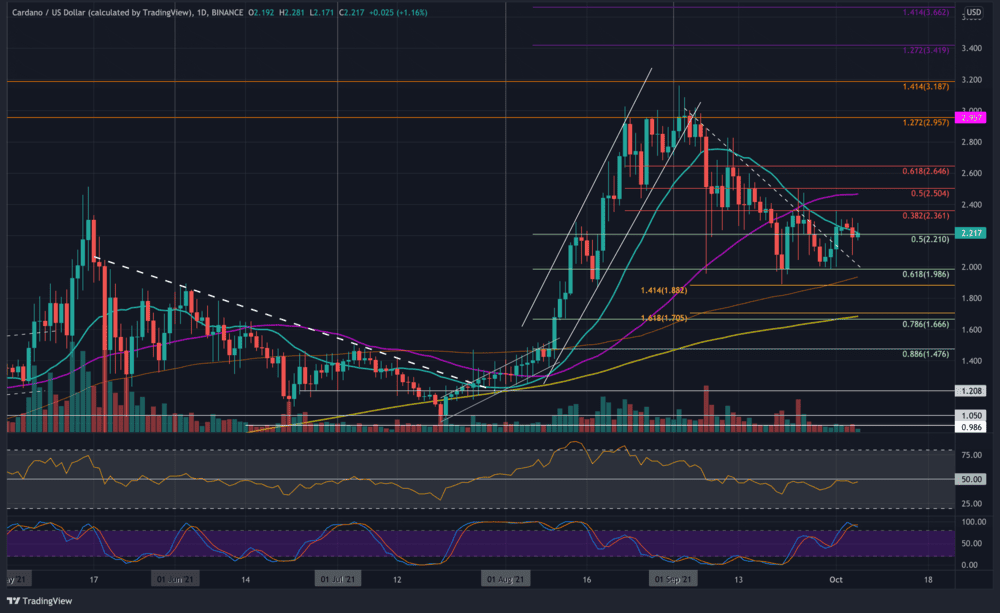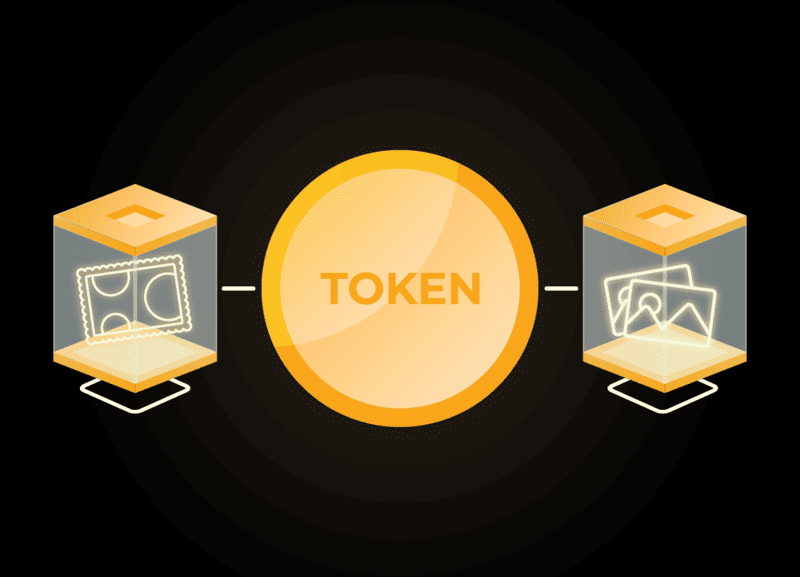
Tokenization, the process of converting ownership of real-world assets into blockchain-based tokens, has been gaining momentum as a transformative concept in the financial sector. While the focus has been primarily on cryptocurrencies and decentralized finance (DeFi), tokenizing traditional assets such as real estate, commodities, and even intellectual property is paving the way for a new era in asset management. This post will explore the mechanics of tokenization, its advantages, challenges, and its potential to disrupt industries by increasing liquidity, transparency, and accessibility.
- What is Asset Tokenization?
Tokenization is the process of creating a digital representation of a physical or non-physical asset using blockchain technology. These digital tokens are linked to real-world assets, such as real estate properties, precious metals, art, or even intellectual property, giving the token holder a claim to the underlying asset. The tokens can be bought, sold, or traded on blockchain networks, and their ownership is recorded on an immutable ledger, ensuring transparency and security.- Tokenized Real Estate: The real estate market is one of the primary sectors being impacted by tokenization. By creating tokens that represent shares in a property, individuals can now invest in real estate without needing significant capital or navigating complex property transactions. For example, a single property might be tokenized into thousands of smaller units, allowing fractional ownership and enabling people to invest in real estate with smaller sums of money.
- Tokenized Commodities and Stocks: Beyond real estate, other traditional assets such as commodities (gold, oil, etc.) and stocks are being tokenized. Investors can own fractions of physical commodities or stocks without having to deal with the administrative complexity of traditional asset ownership.
- How Does Tokenization Work?
Tokenization typically involves several key processes:- Digitization: The first step is to digitally represent the asset on a blockchain by creating tokens that correspond to its value.
- Smart Contracts: Smart contracts are employed to manage the relationship between the token and the underlying asset, ensuring that ownership is properly tracked and that any transaction (such as a sale or transfer of tokens) adheres to predetermined rules.
- Custodianship: Some tokenized assets require custodians to hold the physical asset on behalf of token holders. For example, tokenized gold requires a custodian to securely store the actual gold while the tokens are traded on the blockchain.
- Advantages of Tokenization
- Increased Liquidity: Tokenization enables fractional ownership, meaning that illiquid assets, such as real estate or fine art, can be divided into smaller units. This allows for the buying and selling of assets in a way that was previously not possible due to high entry barriers or market inefficiencies.
- Accessibility: Tokenization opens up traditionally exclusive markets to a broader range of investors. By reducing minimum investment amounts, more individuals can participate in high-value asset markets that were once restricted to institutional investors.
- Transparency and Security: Blockchain’s transparent and immutable ledger ensures that asset ownership and transactions are always recorded in a secure and tamper-proof manner. Token holders can easily verify their ownership and the status of their asset.
- Global Market: With tokenized assets, geographical boundaries are less of a barrier. Investors from around the world can access tokenized assets, promoting a truly global market for previously localized assets.
- Tokenization’s Potential to Disrupt Traditional Finance
Some key areas where tokenization could significantly disrupt traditional finance include:- Cross-Border Transactions: Traditional finance systems often struggle with cross-border transactions, especially when it comes to asset transfers. Tokenized assets can facilitate frictionless cross-border transactions, reducing costs and delays.
- Decentralized Finance (DeFi): Tokenized assets can be seamlessly integrated into DeFi protocols, enabling decentralized lending, borrowing, and trading with real-world assets. For example, tokenized real estate can serve as collateral in DeFi lending platforms, opening up new avenues for real estate financing.
- Fractionalized Ownership: Tokenization enables the fractionalization of previously indivisible assets. This not only opens the doors for small investors to participate in markets like real estate or rare collectibles but also offers new ways for large investors to diversify their portfolios with fractional ownership in multiple high-value assets.
- Automating Asset Management: Tokenization can streamline asset management processes, from acquisition to compliance, by utilizing smart contracts and blockchain technology to automatically manage the lifecycle of an asset. This could significantly reduce administrative costs and improve efficiency in sectors like real estate and private equity.
